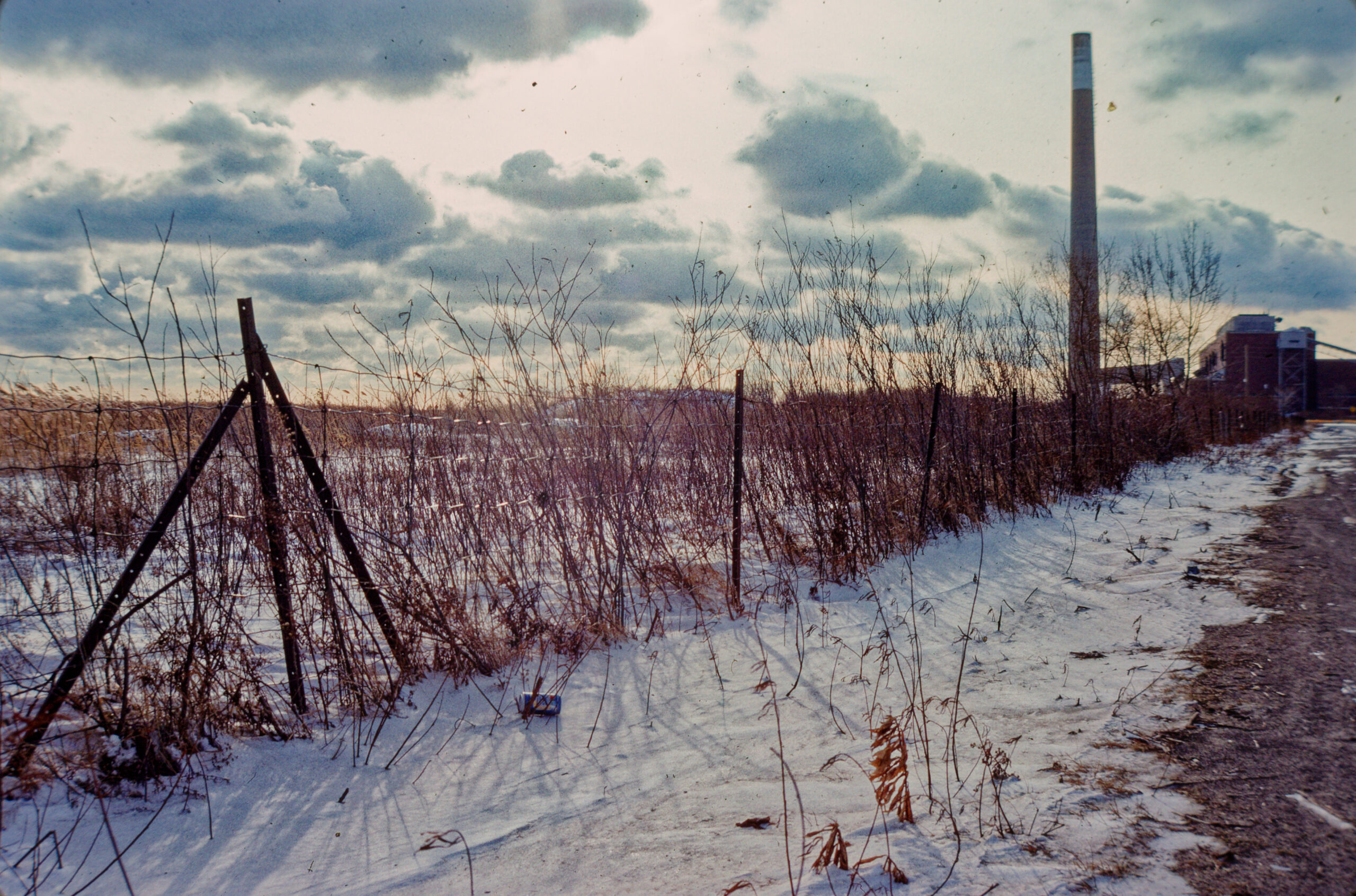Toronto Industrial and Port Lands
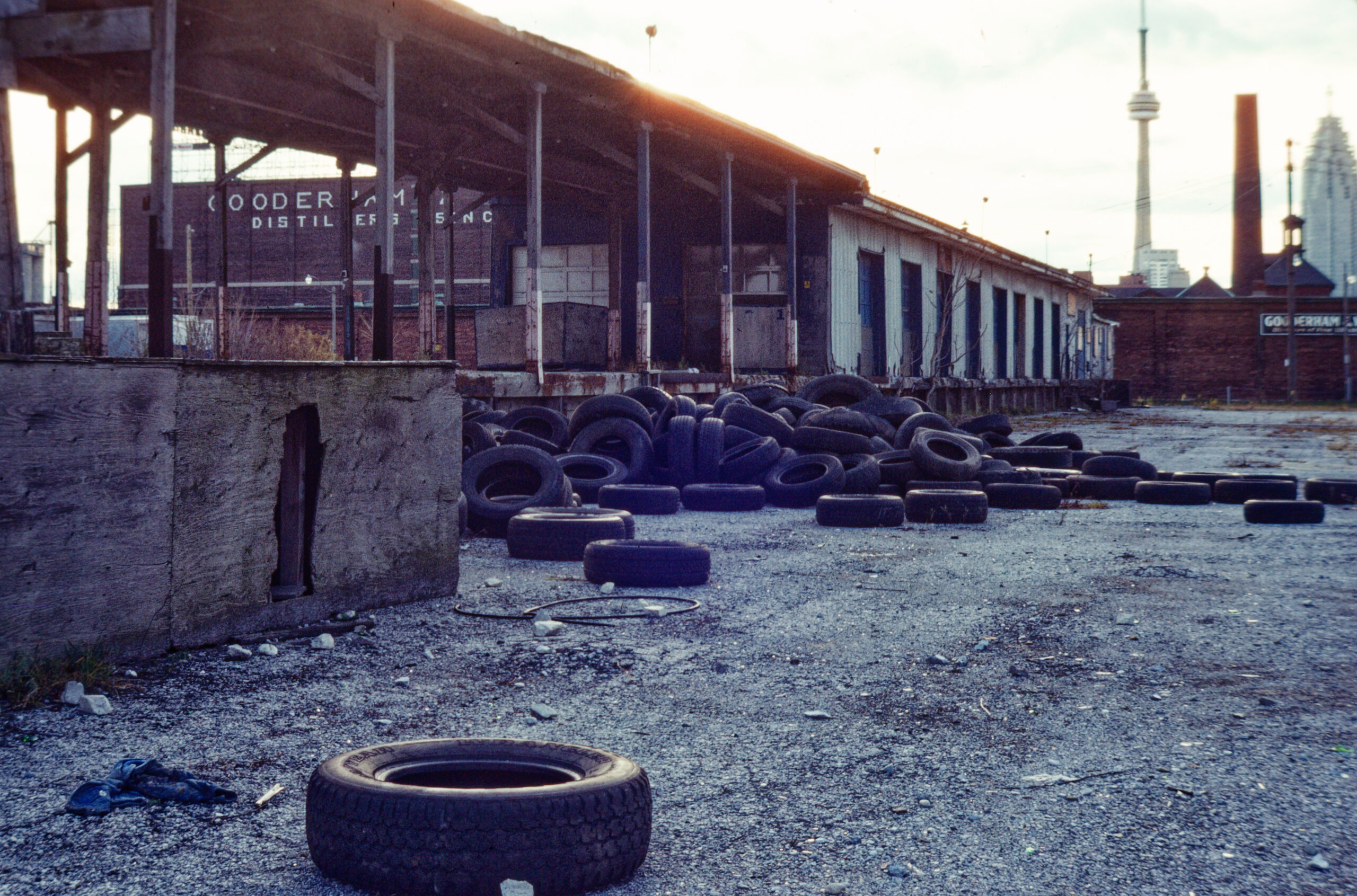
As soon as I began photographing with my new film camera, I was drawn to an area of the city well-known to me, a place I first explored as a young teenager in the mid-1980s. During that time, I learned the street layout and points of interest. Variably, my brother or some friends, and I, had ridden our bikes to Cherry Beach, went to sailing summer camp in the outer harbour, or attended Inglenook alternative high school on Sackville Street in Corktown.
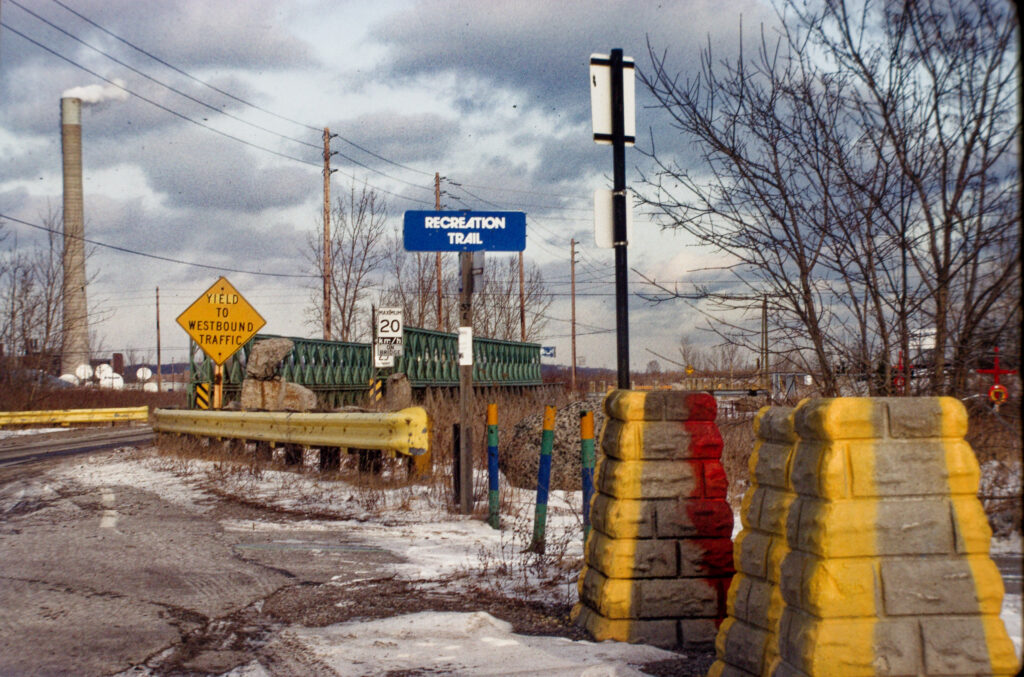
I returned with my camera in the early 1990s to where I was certain would be ideal subjects. Using my car, I could easily cover a lot of ground and bring my tripod along. It all seemed very accessible at the time. Few people and little traffic meant one could feel almost alone wandering and exploring.
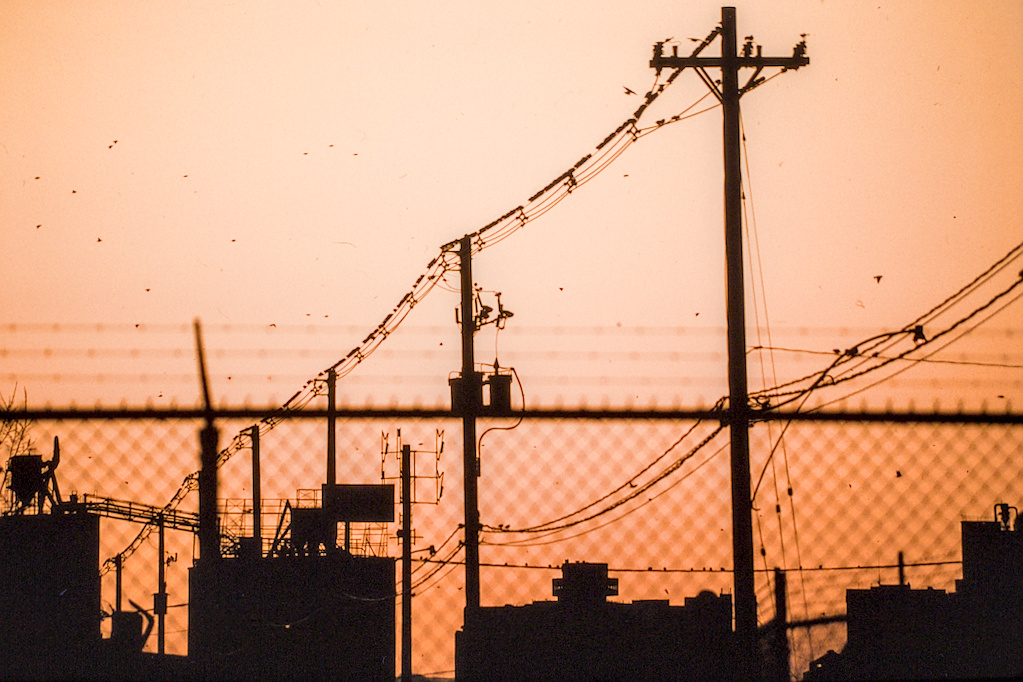
The industrial zone stretched from the Leslie Street Spit in the south, across sprawling properties, ship channels, a hydro corridor, and beyond the Gardiner Expressway, all the way to the north end of Cherry Street at Eastern Avenue. The wider area roughly comprises what are known as the Toronto Port Lands amd the West Don Lands.
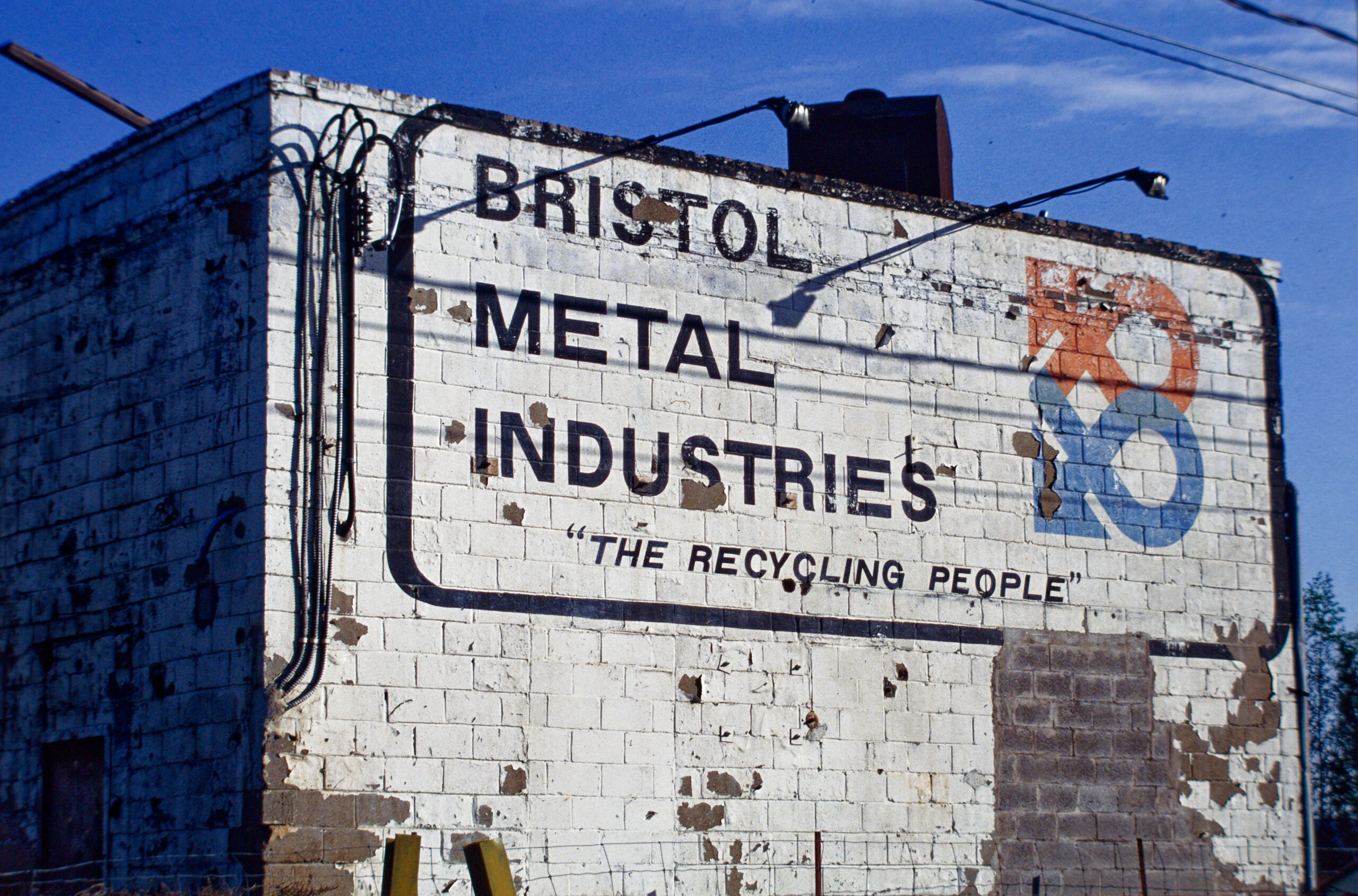
There were some companies operating here, but many of them were winding down or had already vacated their premises. The oldest buildings were at the Gooderham & Worts distillery, which had recently ceased operations. To the east, across Cherry Street, were the already abandoned structures of a pork processing plant and others, in a slow process of demolition.The larger southern section was more sparsely developed, with massive rail and shipping infrastructure, bridges, storage tanks, and smokestacks.
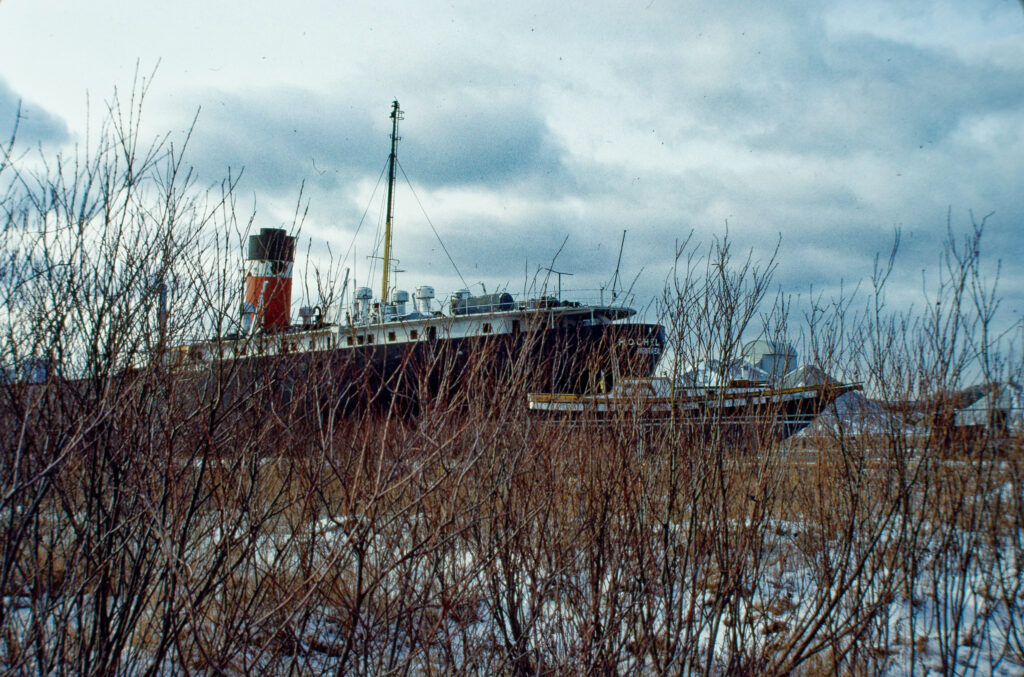
I was learning to shoot film with little guidance. None of my peers shared my interest in photography. As each roll of film was taken to the lab for processing, I accumulated many sets of colour slides and monochrome negatives but no enlargements. Access to a darkroom would come later in the decade.
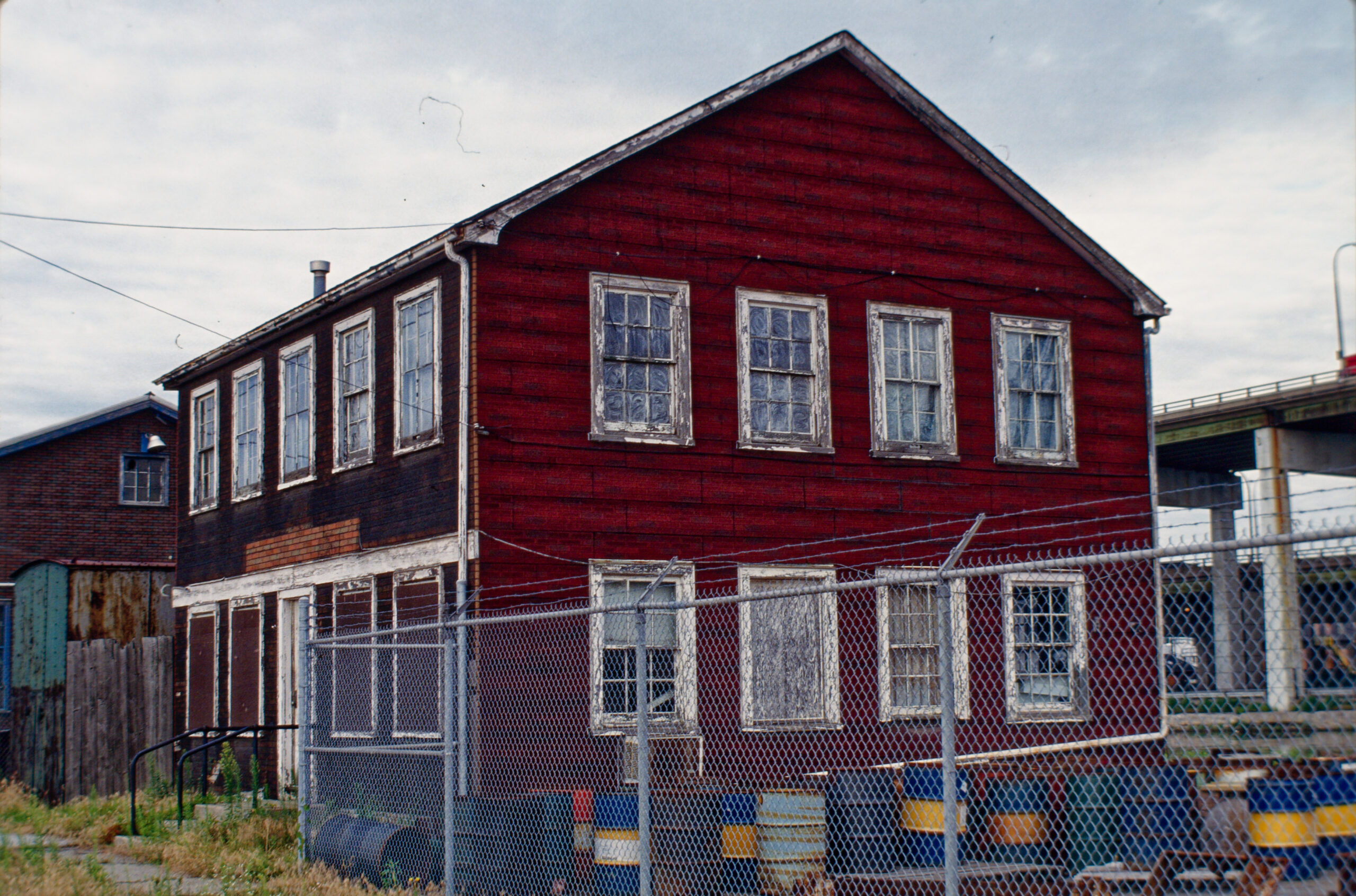
There are definitely a few frames I’m quite happy with. Looking back, there are so many more landmarks and memorable places I could have photographed. There is only one shot of the Canary Restaurant, for example, taken in dismal light conditions. Another day’s visit in favourable light would have been wise, in hindsight.
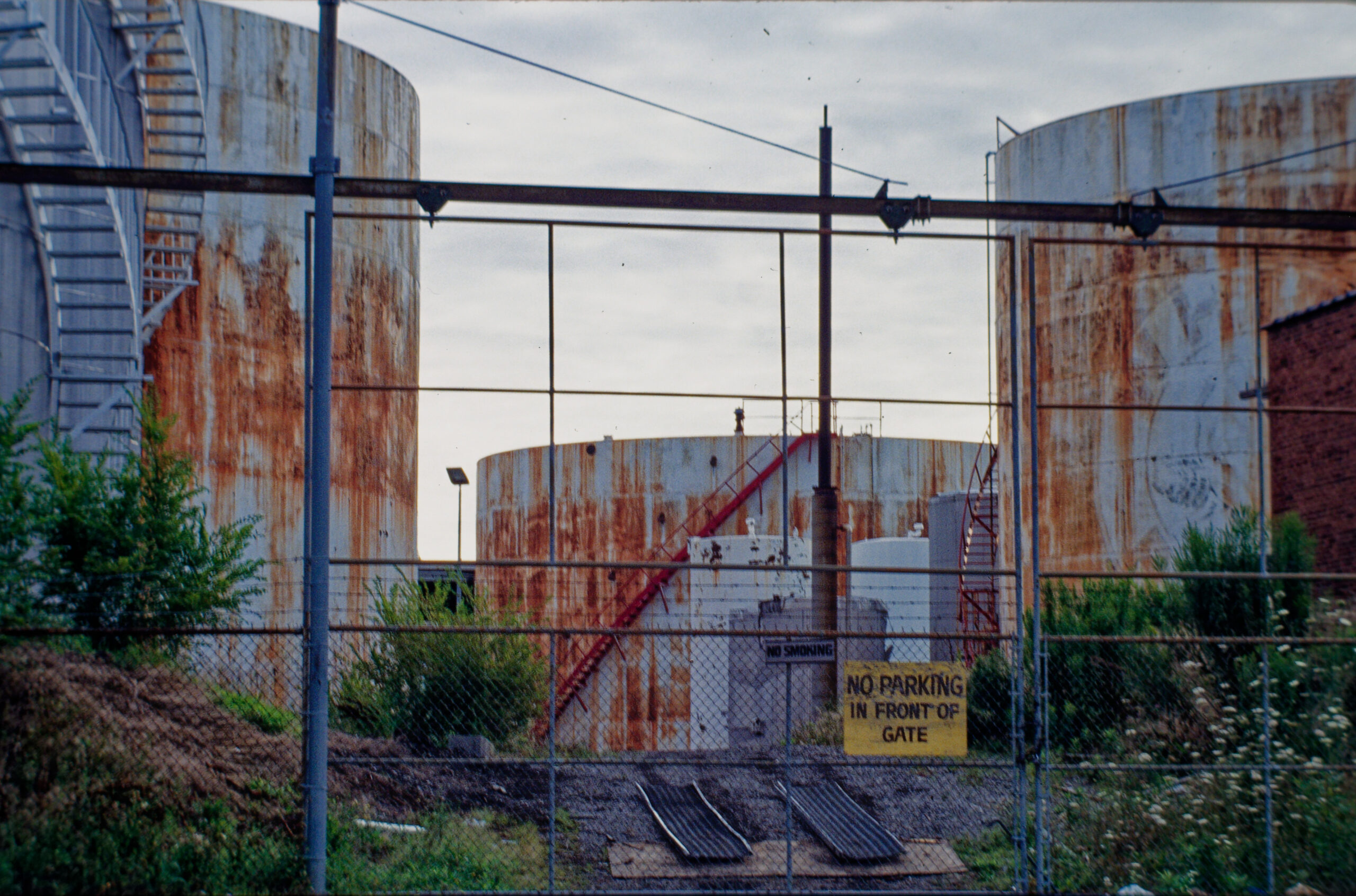
No longer close by, I haven’t revisited the Toronto Port Lands with a camera since. I’m keen on making a special trip there in the future. The incredibly slow land use transition underway in the last century has accelerated dramatically in recent years. Entire sections have been replaced with new neighbourhoods, a revitalized Distillery District, and even river alignments re-shaped and bridges replaced. The area may have changed substantially, but will not be short of photographic subjects. Despite all the redevelopment, I’m sure to find some familiarity and connection to my past adventures.
